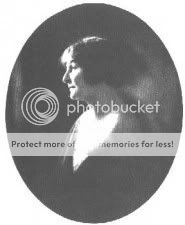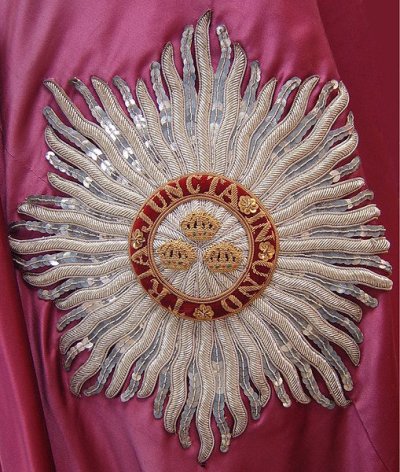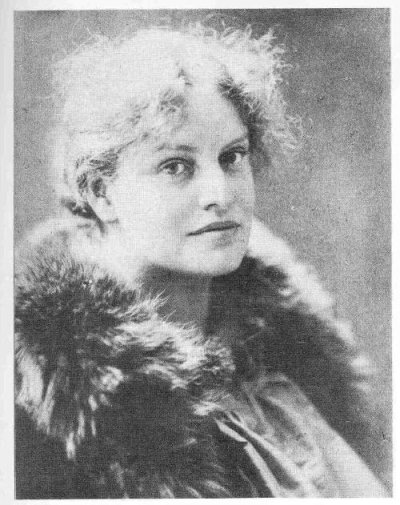Prince George of Greece and Denmark, known as Uncle Goggy to his family, (Greek: Πρίγκιπας Γεώργιος) (24 June 1869–25 November 1957) was the second son of King George I of the Hellenes and Grand Duchess Olga, and is remembered chiefly for having saved the life of a future Emperor of Russia, Nicholas II. He served as high commissioner of Crete during its transition towards independence from Ottoman rule and union with Greece.
From 1883, George lived at Bernstorff Palace near Copenhagen with Prince Valdemar of Denmark, his father's younger brother. The king had taken the boy to Denmark to enlist him in the Danish royal navy, and consigned him to the care of Valdemar, who was an admiral in the Danish fleet. Feeling abandoned by his father on this occasion, George would later describe to his fiancée the profound attachment he developed for his uncle from that day forward.
In 1891, George accompanied his cousin the Tsarevich Nicholas on his voyage to Asia, and saved him from an assassination attempt in Japan, in what became known as the Otsu Incident.
George, along with his brothers Constantine and Nicolas, were involved with the organization of the 1896 Summer Olympics in Athens. George served as president of the Sub-Committee for Nautical Sports.
Although much of modern Greece had been independent since the 1820s, Crete remained in Ottoman hands. For the rest of the 19th century, there had been many rebellions and protests on the island. A Greek force arrived to annex the island in 1897 and the Great Powers acted, occupying the island and dividing it into British, French, Russian and Italian areas of control.
In 1898, Turkish troops were ejected and a national government was set up, still nominally under Ottoman suzerainty. Prince George, not yet thirty, was made High Commissioner, and a joint Muslim-Christian assembly was part-elected, part-appointed. However, this was not enough to satisfy Cretan nationalists.
Eleftherios Venizelos was the leader of the movement to reunite Crete with Greece. He had fought in the earlier revolts and was now a member of the Assembly, acting as minister of justice to Prince George. They soon found themselves opposed. George, a staunch royalist, had assumed absolute power. Venizelos led the opposition to this. In 1905, however, he summoned an illegal revolutionary assembly in Theriso, in the hills near Chania, the then capital of the island.
During the revolt, the newly-created Cretan Gendarmerie remained faithful to George. In this difficult period, the Cretan population were divided: in the 1906 elections the pro-Prince parties took 38,127 votes, while pro-Venizelos parties took 33,279. But the Gendarmerie managed to execute its duties without taking sides. Finally, British diplomats brokered a settlement and in September 1906 George was replaced by former Greek prime minister Alexandros Zaimis, and left the island. In 1908, the Cretan Assembly unilaterally declared enosis with Greece.
In October 1912 George returned from Paris to Athens so that he could join the naval ministry as Greece prepared for war against Turkey. Later he served as aide-de-camp to King George who, however, was assassinated in March 1913. George went to Copenhagen to settle his father's financial affairs there, as he had never ceased to be a Prince of Denmark.









 I don't think he was a Knight of the Garter either, but he had received the order of the Bath from George V . Maybe the robes of the two orders are similar, I am not familiar with British Orders I am afraid.
I don't think he was a Knight of the Garter either, but he had received the order of the Bath from George V . Maybe the robes of the two orders are similar, I am not familiar with British Orders I am afraid.
